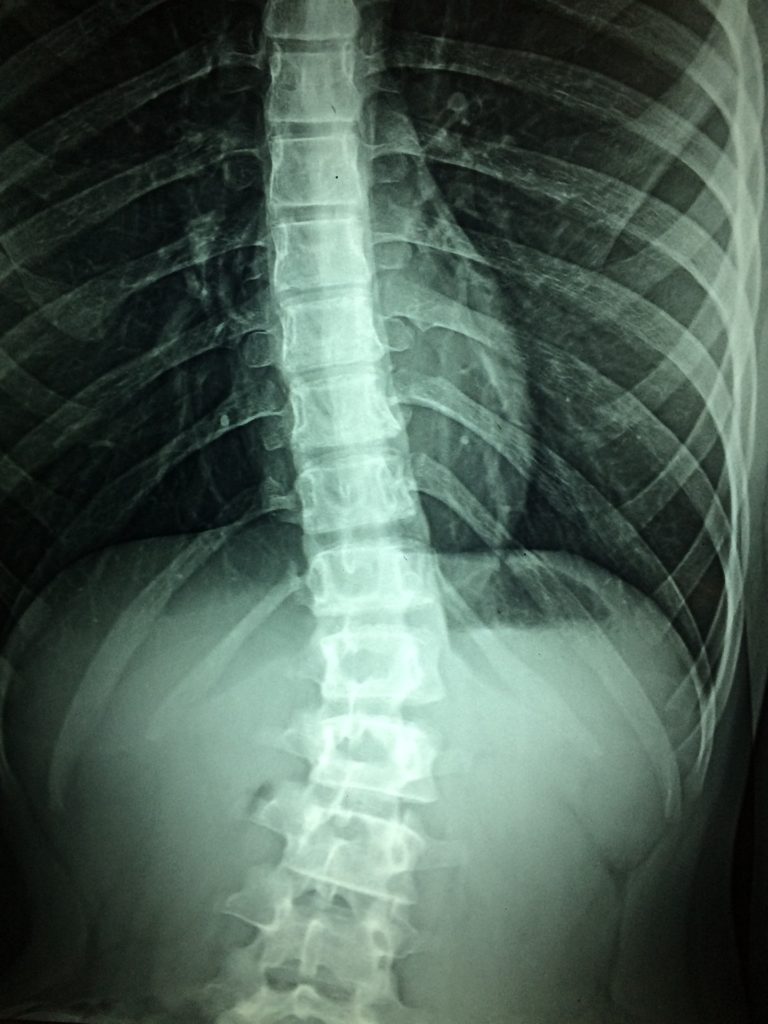A vision of how digital twins can be used to tailor drugs: (A) Patients with different immune diseases. (B) Computers construct (C) digital twins of each patient’s disease mechanisms. These interact in molecular programmes, controlled by (D) switch proteins, which are measured in blood or tissue to (E) find the dominant protein(s) at which to target therapy. Illustration: The research group. CREDIT Karolinska Institutet
Inflammatory diseases like rheumatoid arthritis have complex disease mechanisms that can differ from patient to patient with the same diagnosis. This means that currently available drugs have little effect on many patients. Using so-called digital twins, researchers at Karolinska Institutet have now obtained a deeper understanding of the “off and on” proteins that control these diseases. The study, which is published in Cell Reports Medicine, can lead to more personalised drug therapies.
Many patients with inflammatory diseases such as rheumatoid arthritis, Crohn’s disease and ulcerative colitis, never feel fully healthy despite being on medication. It is a problem that causes significant suffering and expense.
In an inflammatory disease, thousands of genes alter the way they interact in different organs and cell types. Moreover, the pathological process varies from one patient to another with the same diagnosis, and even within the same patient at different times.
It is exceedingly difficult to diagnose and treat such complex and varied changes. In a project that has been underway for five years, researchers from a constellation of institutions including Karolinska Institutet in Sweden have been trying to solve this problem and tailor drugs to individual patients by constructing and data-processing their digital twins, i.e. digital models of each patient’s unique disease mechanisms.
Now, the research group has found a possible solution: the changes can be organised in molecular programmes. These molecular programmes are regulated by a limited number of “off and on” switch proteins, of which some are known targets for drugs such as TNF inhibitors. But it is not a therapeutic option that helps everyone.
“Our analyses of patients who responded or didn’t respond to TNF therapy revealed different switch proteins in different individuals,” says the study’s corresponding author Mikael Benson, researcher at the Department of Clinical Science, Intervention and Technology, Karolinska Institutet. “Another important discovery was that the proteins did not switch off the diseases but were more like dimmer switches that raised or lowered the disease programmes.”
Every physiological process can be described with mathematical equations. This advanced digital modelling technique can be adjusted to a patient’s unique circumstances by analysing the activity of each and every gene in thousands of individual cells from blood and tissue. Such a digital twin can be used to calculate the physiological outcome if a condition changes, such as the dosage of a drugs.
Digital twins have revealed to the researchers new opportunities for the effective treatment of serious diseases.
“The methods can be developed to tailor the right combination of drugs for “on” proteins for individual patients,” Dr Benson continues. “The programmes we describe will be made available to the research community so that more clinical studies can be done of patients with different immune diseases.”
In the current study, the researchers combined analyses of a mouse model of rheumatoid arthritis and digital twins of human patients with various inflammatory diseases.
“Even though only the joints were inflamed in mice, we found that thousands of genes changed their activity in different cell types in ten organs, including the skin, spleen, liver and lungs,” says Dr Benson. “As far as I’m aware, this is the first time science has obtained such a broad picture of how many organs are affected in rheumatoid arthritis. This is partly due to the difficulty of physically sampling so many different organs.”



